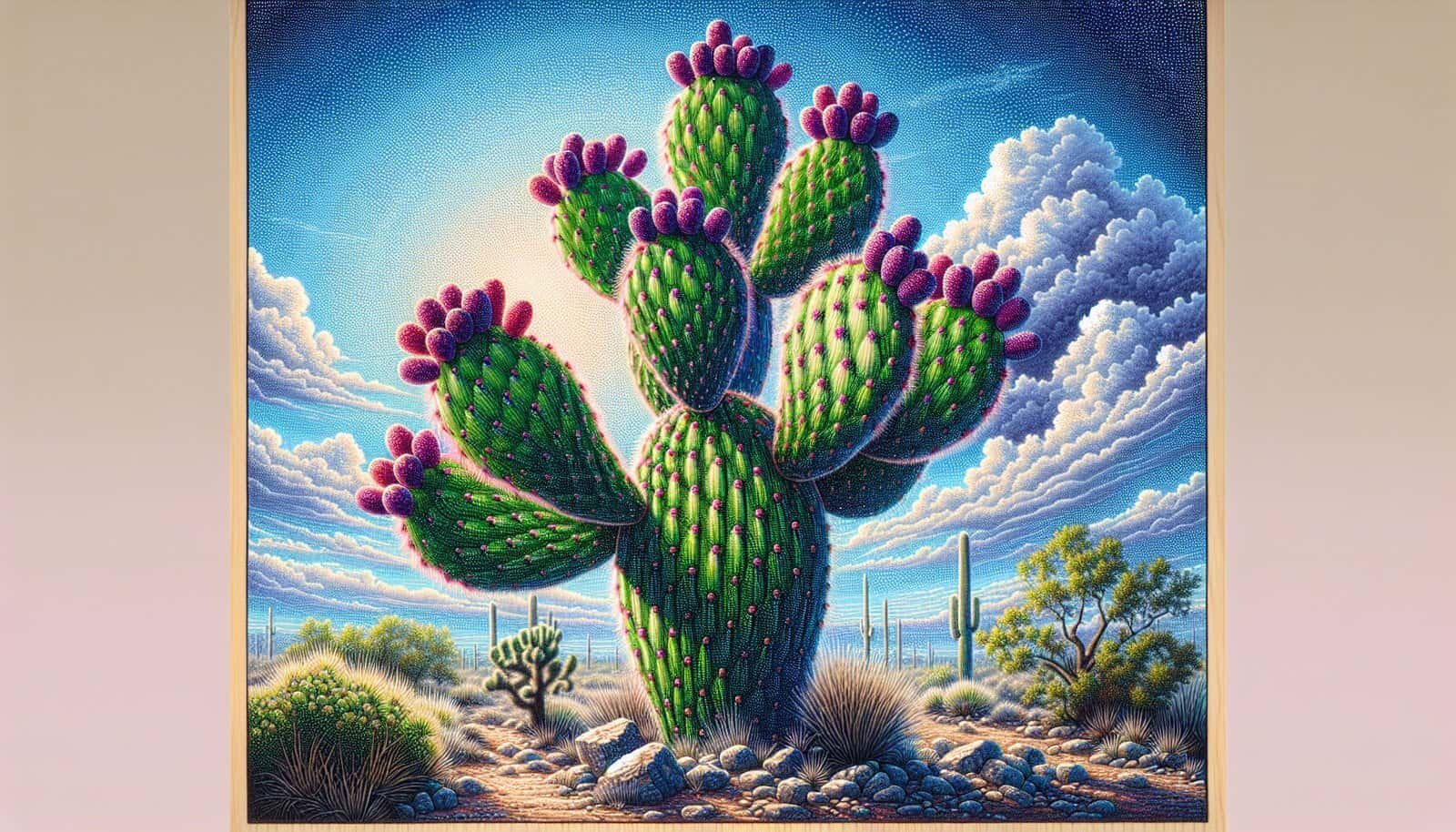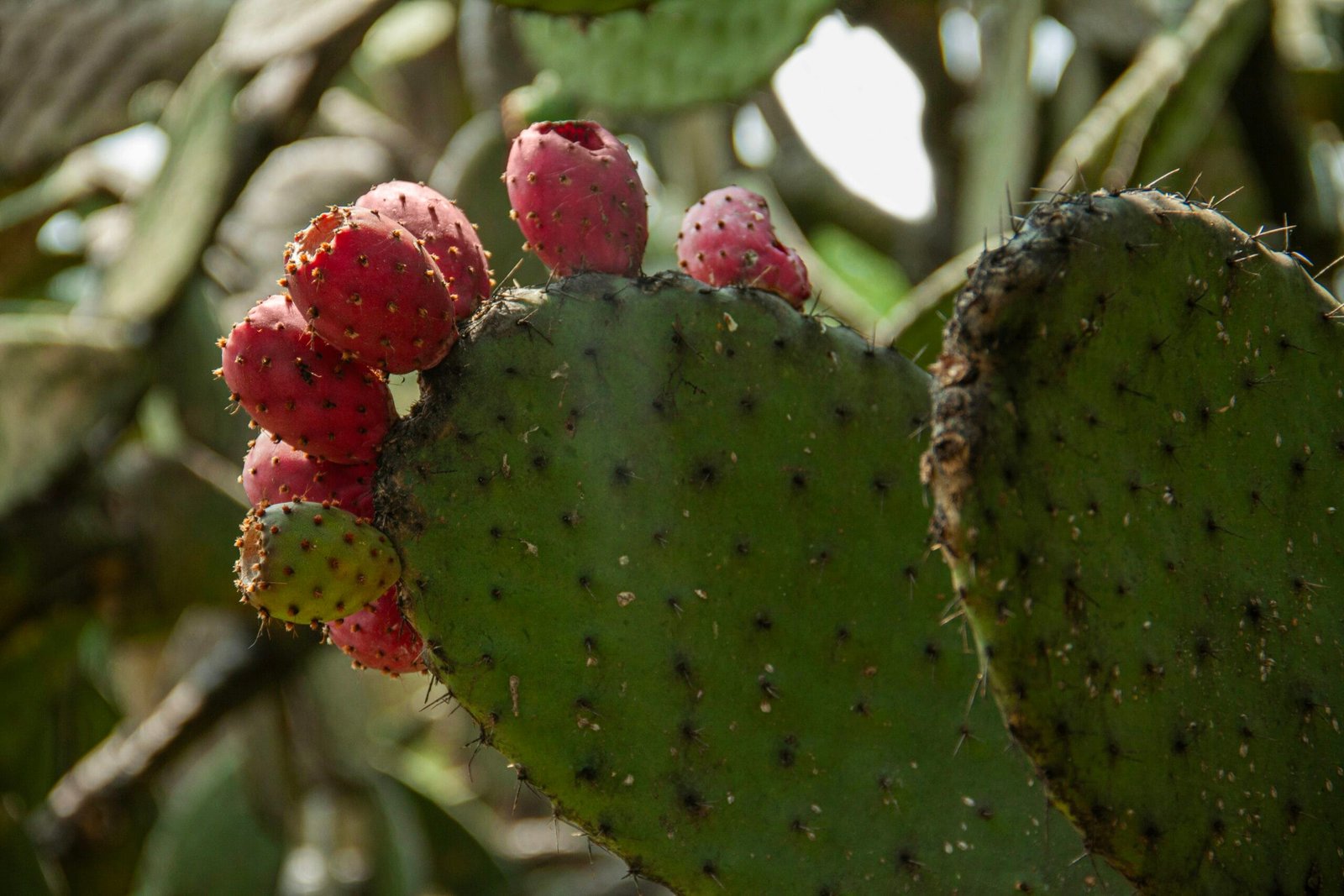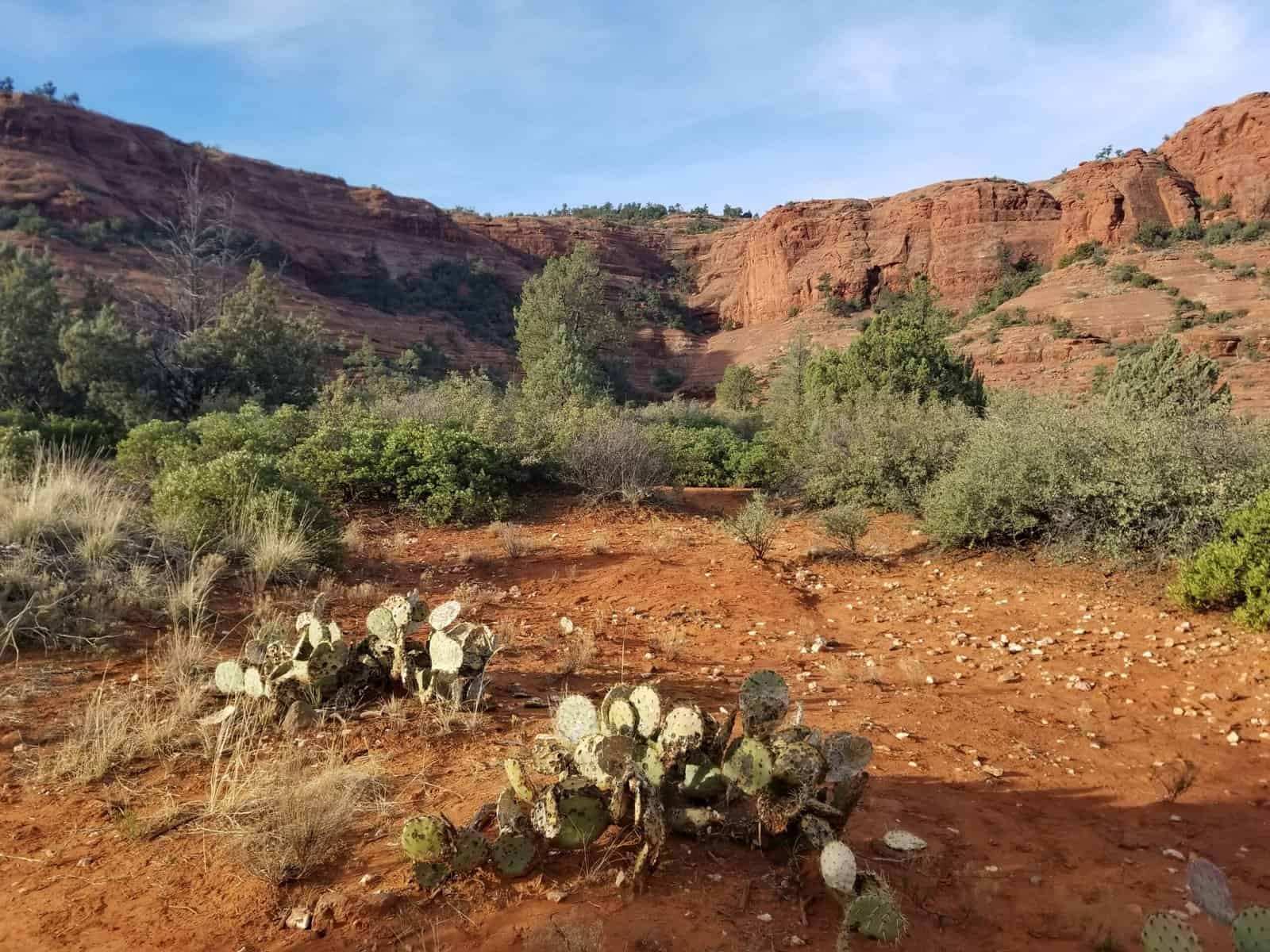Have you ever found yourself trying to manage the growth of a nopal cactus, and wondered how to prevent it from taking over your yard or garden? Nopal cacti, also known as prickly pear cacti, are fascinating and hardy plants that can rapidly expand, given the right conditions. While they can be a beautiful addition to your garden, their robust growth habits can become an issue if left unchecked. This article will guide you through effective strategies to control their growth while maintaining their aesthetic appeal.
Understanding Nopal Cacti
Nopal cacti are native to arid regions and are known for their paddle-shaped leaves and vibrant flowers. While these plants are incredibly drought-resistant and can thrive in poor soil, their vigorous growth can sometimes lead to challenges in a home garden setting.
Why Nopal Cactus Growth Can Become a Problem
Nopal cacti can quickly dominate an area due to several factors. They produce thick pads that can spread widely, and they have a tendency to propagate easily through fallen pads or segments, which makes them highly resilient. This can overshadow other plants in your garden and also lead to a dense population that’s difficult to manage.
Factors Influencing Nopal Cactus Growth
To effectively manage nopal cactus growth, it is essential to understand the factors that contribute to their rapid expansion.
Environmental Conditions
Nopal cacti thrive in dry, sunny environments. They are well-adapted to withstand harsh conditions and can tolerate poor soil with ease. Their natural resilience makes them suited to environments where many other plants might struggle, giving them an advantage when it comes to occupying ground space.
Soil and Watering
Nopal cacti don’t require rich, fertile soil as they are capable of growing in sandy or rocky areas. However, well-drained soil can promote healthier growth. Over-watering can lead to root rot, yet they need enough moisture to maintain their growth. The right balance is crucial for controlling unwanted growth.
Reproduction and Spread
The nopal cactus reproduces through seeds, but more commonly by vegetative means. A single pad can independently root and form a new plant, which can contribute to their rapid spread. Understanding this reproductive characteristic is key to controlling their growth.

Methods to Control Nopal Cactus Growth
Once you’ve understood the factors influencing growth, it’s time to implement methods to control the spread of your nopal cactus. The following approaches can help you maintain a balance in your garden.
Regular Pruning
Pruning involves carefully cutting back the cactus to manage its size and prevent unwanted spread. Use a pair of heavy-duty gloves and sharp, sanitized clippers to trim back paddles that are growing outside of desired areas. Regular pruning can help keep the plant’s size under control and can prevent it from encroaching on other plants.
Controlled Growing Environment
Create a controlled environment by planting the cactus in a large, contained area, such as a raised bed or large pot. This restricts both root expansion and the spread of fallen pads. A controlled environment allows you to manage soil quality and watering more effectively, providing the plant with what it needs to thrive without outgrowing its space.
Soil Modification
Improving soil drainage with materials like sand or gravel can limit cactus growth expansion. While nopal cacti can survive in various conditions, changes in their immediate soil environment can slow down their growth somewhat, making them more manageable.
Removal of New Growth
Early detection and removal of new growth can prevent the plant from spreading. Routinely check around the plant for any new pads or seedlings and remove them before they establish. This can be especially important for pads that have fallen and taken root.
Natural Barriers and Deterrents
Using natural barriers is a simple and effective way to control cactus growth. These barriers serve as physical deterrents that can guide where your cactus will and will not grow.
Use of Mulch
Mulch not only controls weed growth but also can deter cactus pads from rooting where they fall. A thick layer of organic mulch around your cactus can inhibit new pads and stems from establishing themselves, thus controlling unchecked growth.
Establishing Physical Barriers
Constructing low fences or rock gardens can act as physical barriers, preventing the spread of cactus pads beyond designated areas. These barriers not only limit physical growth but can also add a decorative element to your garden space.

Preventing and Handling Overgrowth
Sometimes, despite your best efforts, the cactus might still grow more than desired. Dealing with overgrowth involves more drastic measures and might require some corrective actions.
Use of Herbicides
Herbicides can be an option for controlling and reducing nopal cactus populations. However, it’s crucial to select ones that are specifically designed for cacti and to follow the application instructions carefully to avoid damaging surrounding plants and soil.
Safe and Ethical Removal
If a nopal cactus becomes too large or extensive, removal might be necessary. Digging out a cactus should be done with care, ensuring all roots and pads are removed. If you choose to relocate the cactus, ensure it’s to a location where its growth can be better managed.
Maintaining a Balanced Ecosystem
Having control over your nopal cactus growth is part of maintaining a balanced garden ecosystem. Balancing light, soil conditions, and plant populations can ensure that your nopal cactus grows to its full aesthetic potential without overwhelming other plant species.
Integrated Plant Management
Consider adopting integrated plant management practices that focus on a harmonious interaction among different plants. This approach allows for natural growth control and can reduce reliance on synthetic interventions.
Promoting Biodiversity
Introduce a variety of plant species around your nopal cactus to create competition and prevent overgrowth. These plants can compete for resources such as sunlight and nutrients, naturally balancing the garden ecosystem.

Conclusion
Managing the growth of a nopal cactus is not only about control but also about allowing this vibrant plant to coexist peacefully with other elements in your garden. While they are indeed resilient and can rapidly expand, with proper care and strategic interventions, you can enjoy their beauty without letting them take over. Utilized correctly, these strategies will help you achieve a well-managed garden space where nopal cacti add to, rather than detract from, the overall appeal.
Whether employing natural barriers, practicing soil modifications, or implementing regular maintenance tasks, these practices can help keep nopal cactus growth in check. Not only does this lead to a more balanced garden, but it also fosters a healthier environment for a diverse range of plant life. By approaching nopal cactus management thoughtfully, you can ensure that these unique plants enhance your garden without overtaking it.

